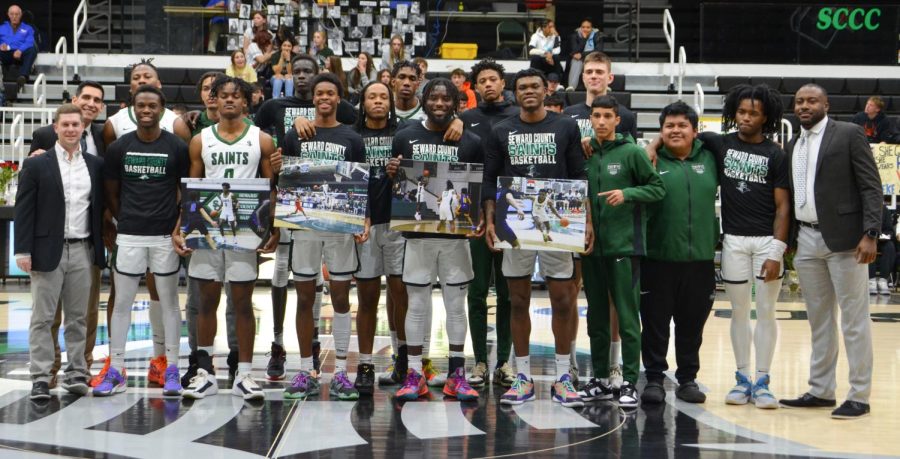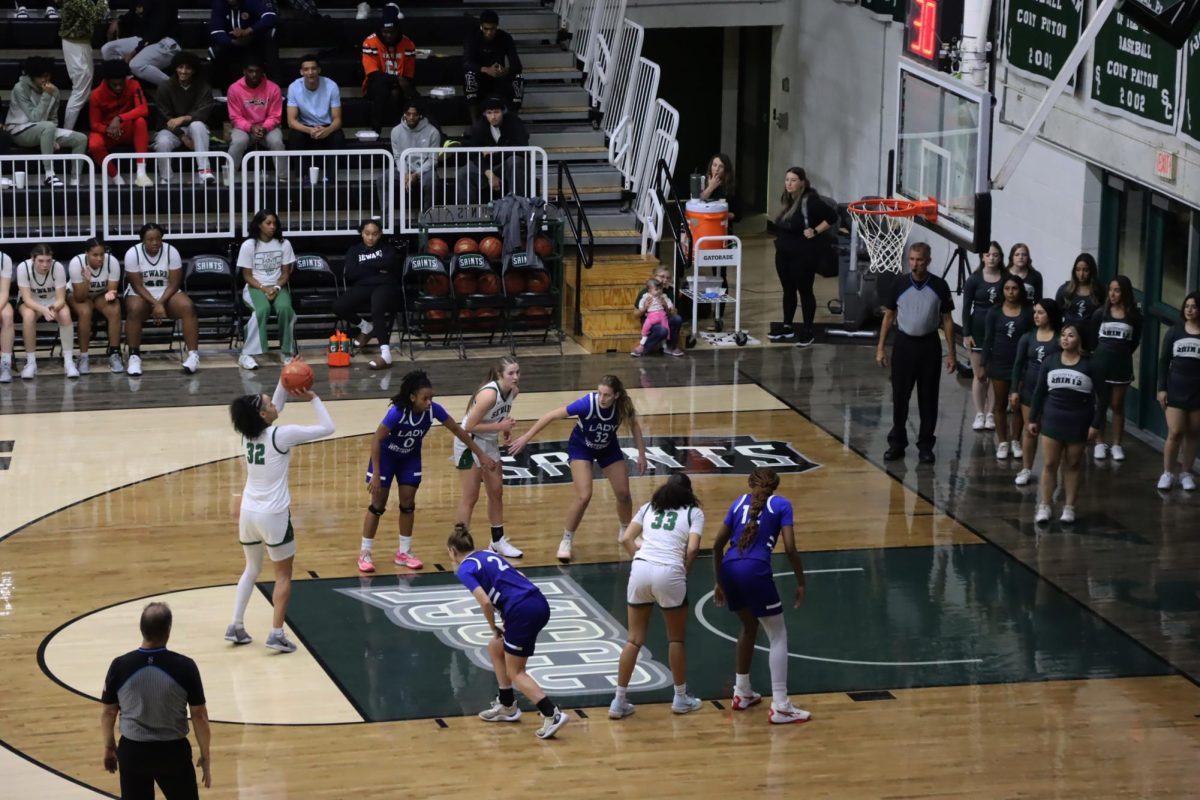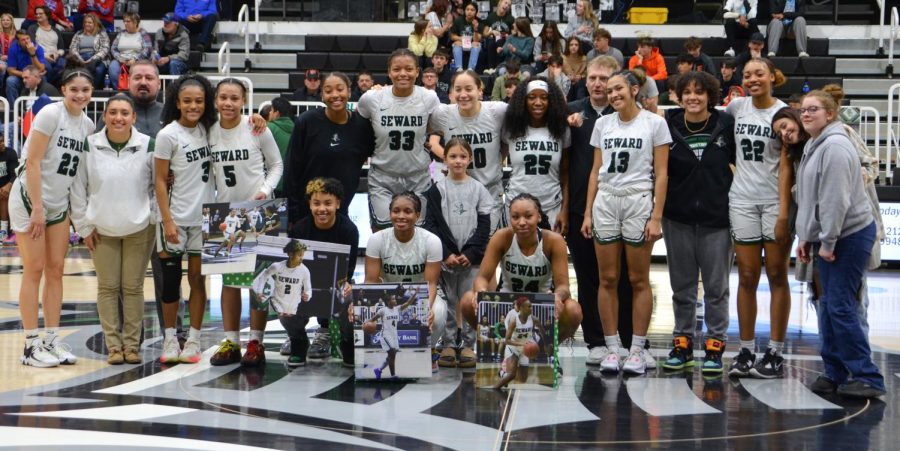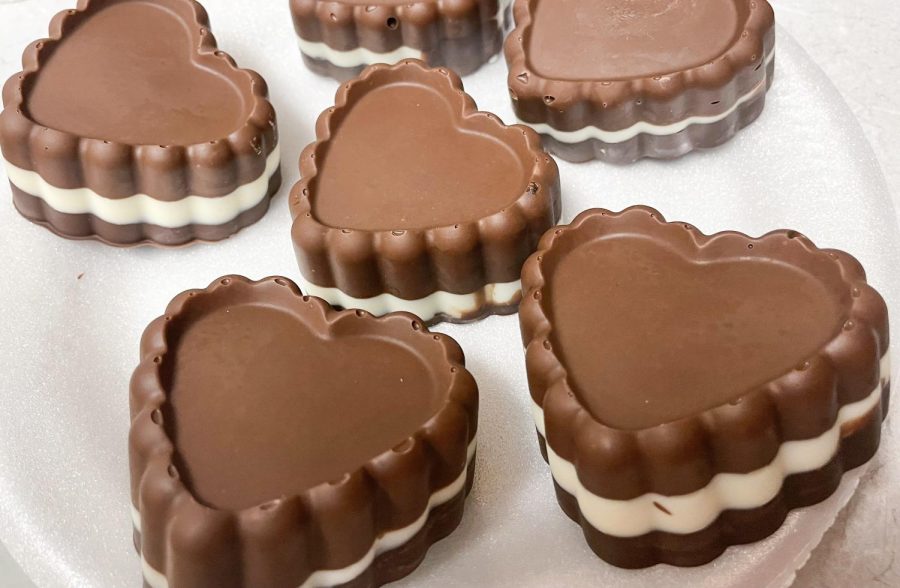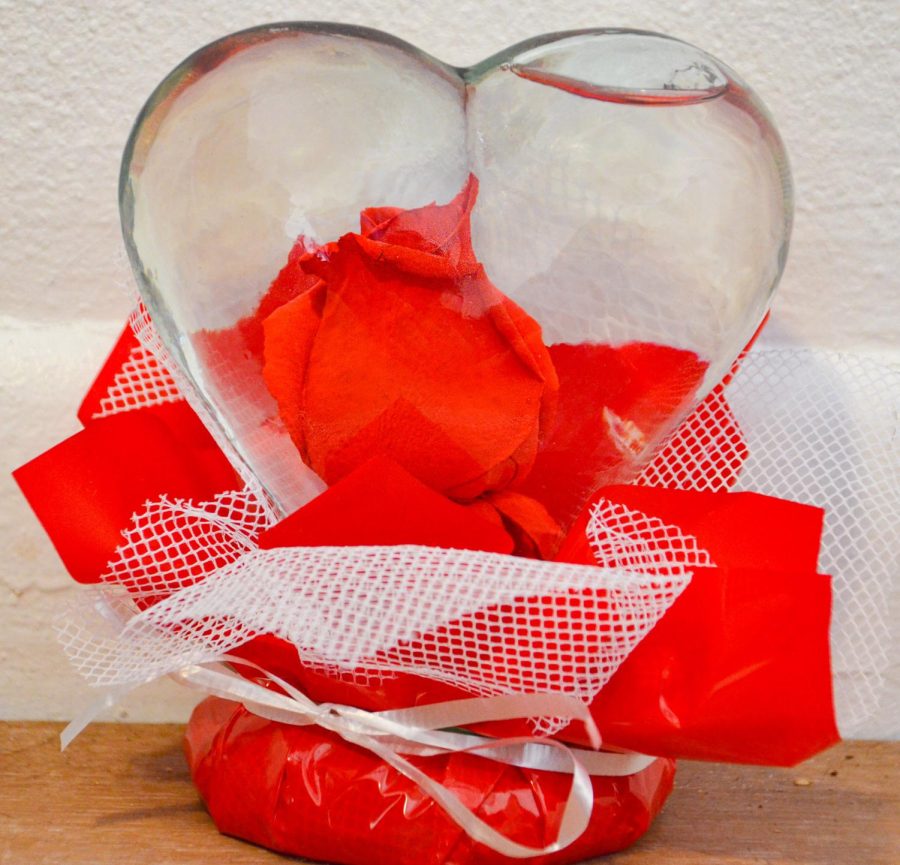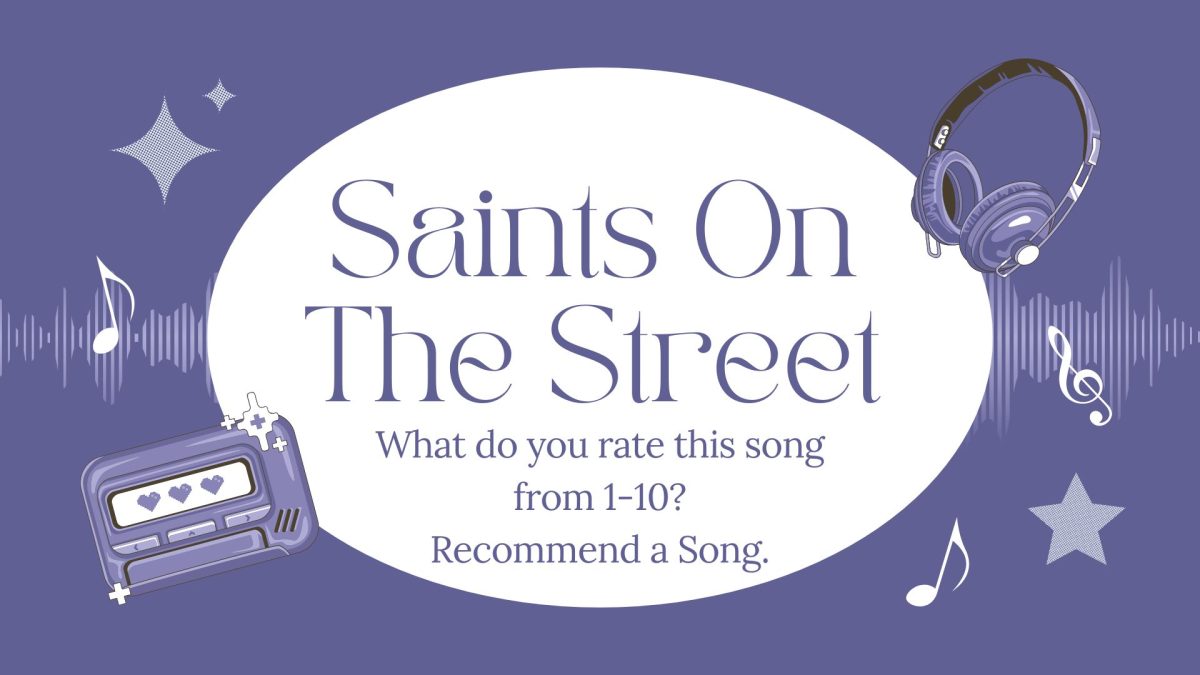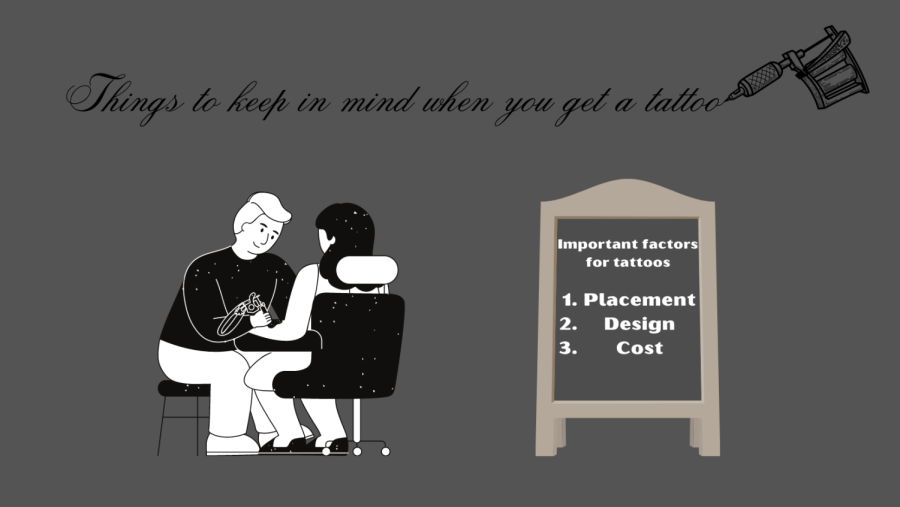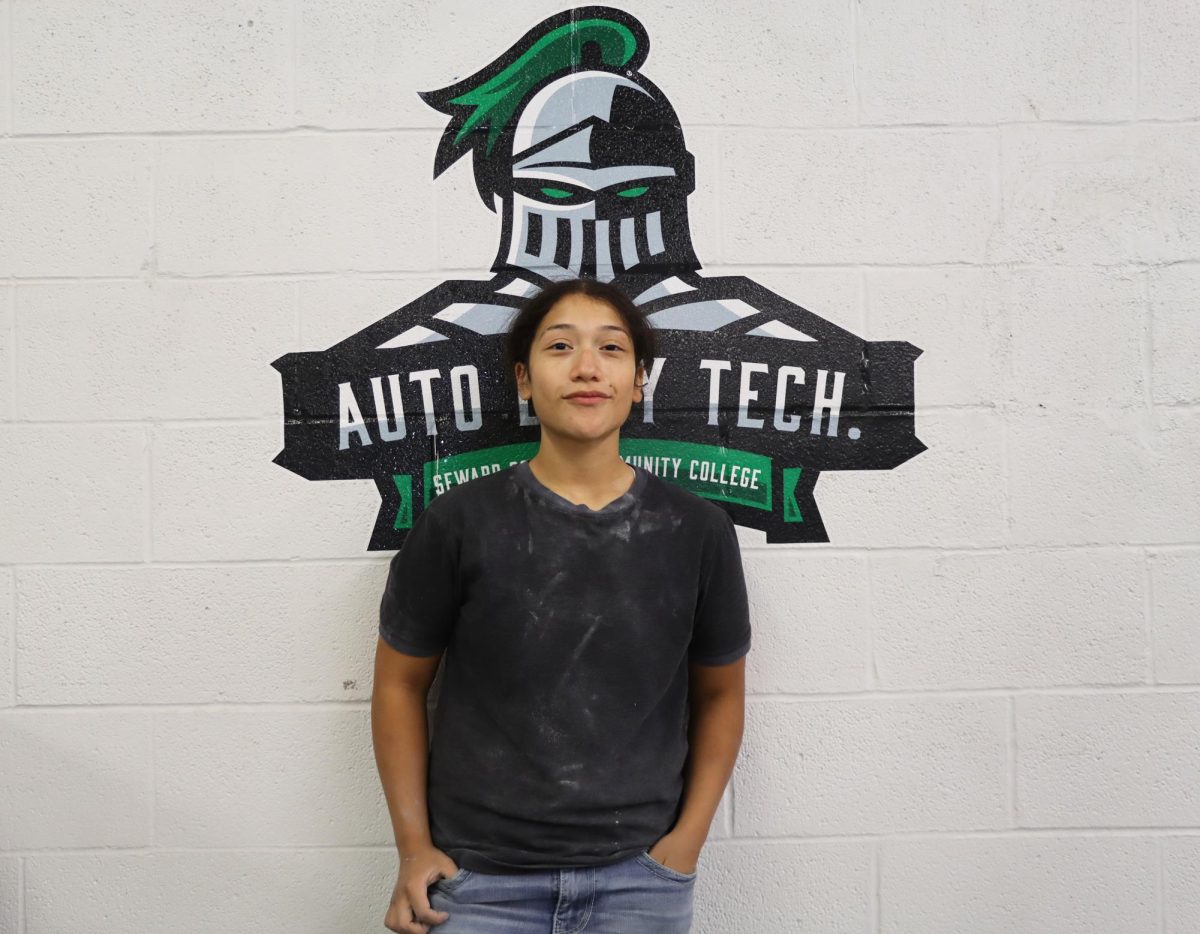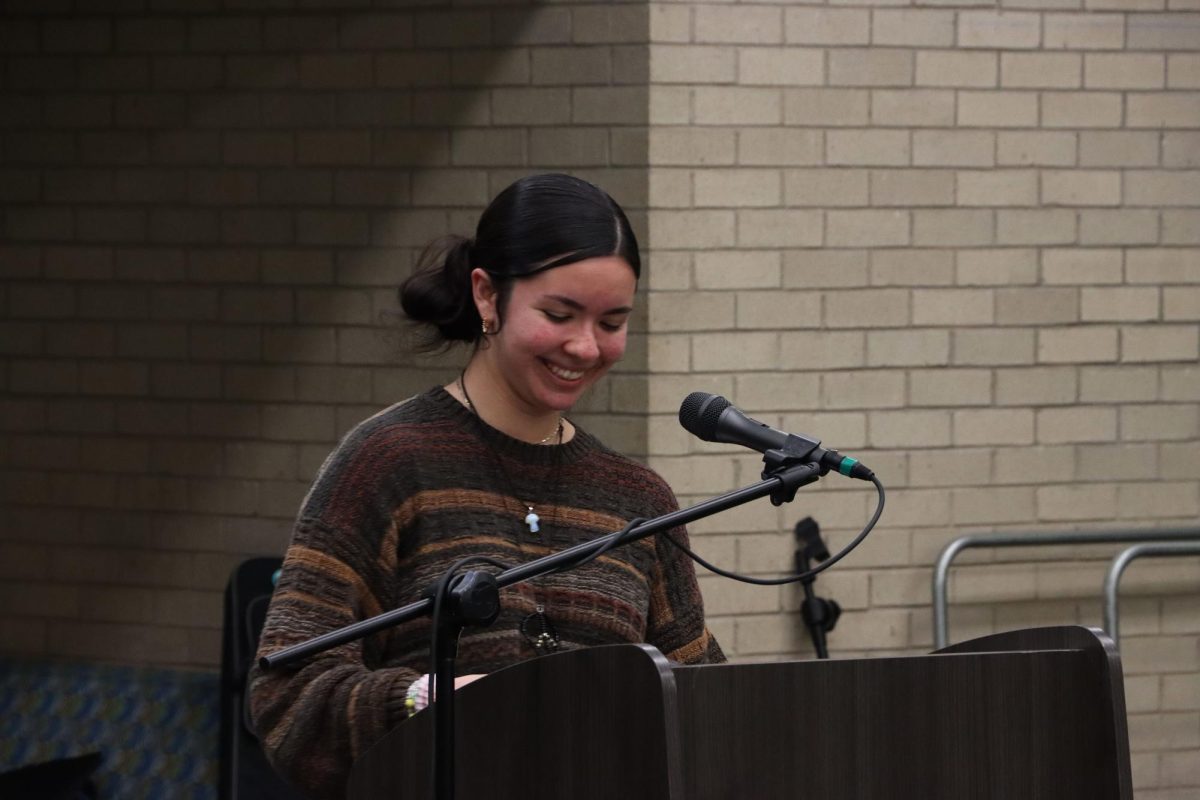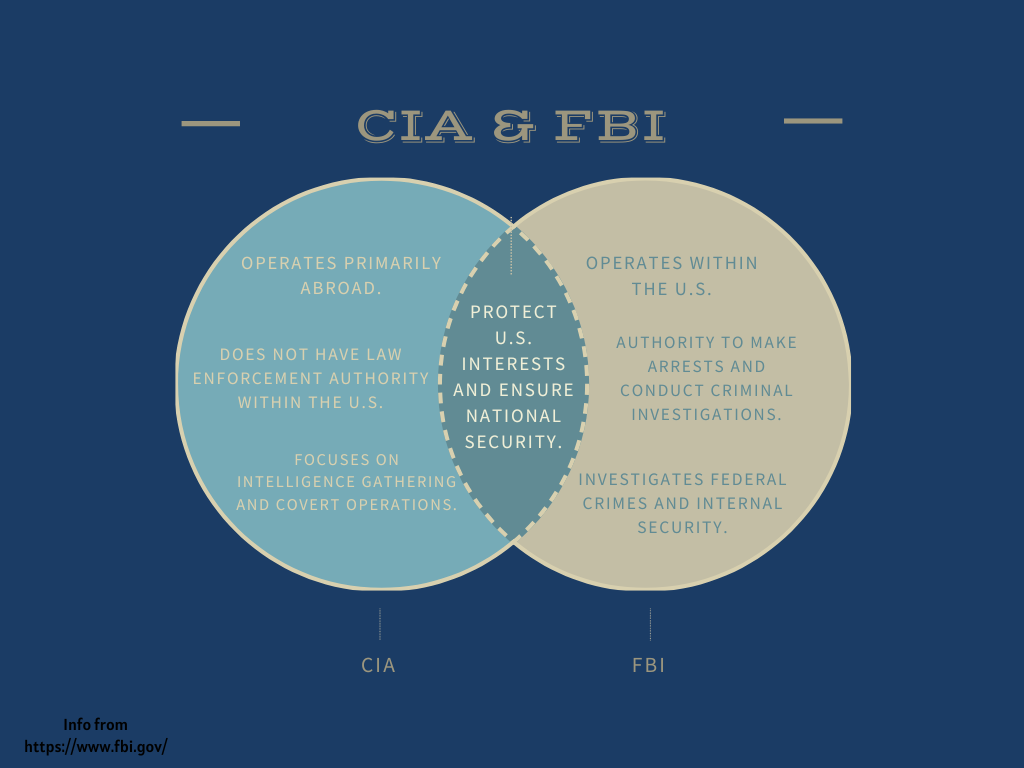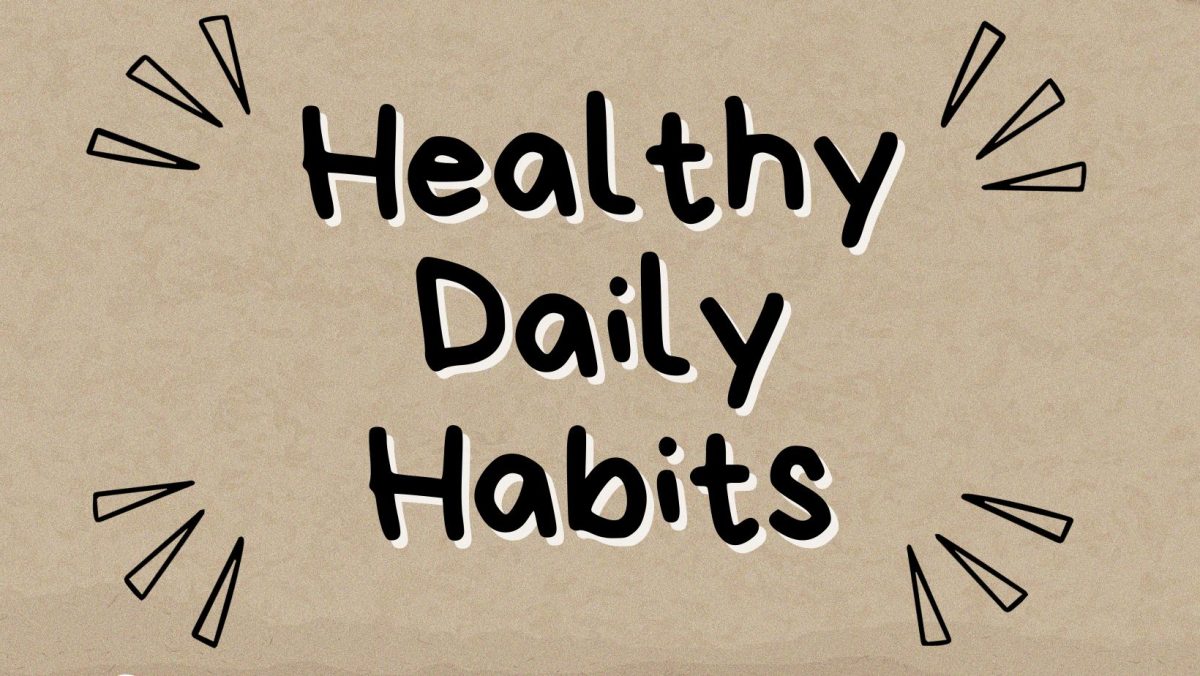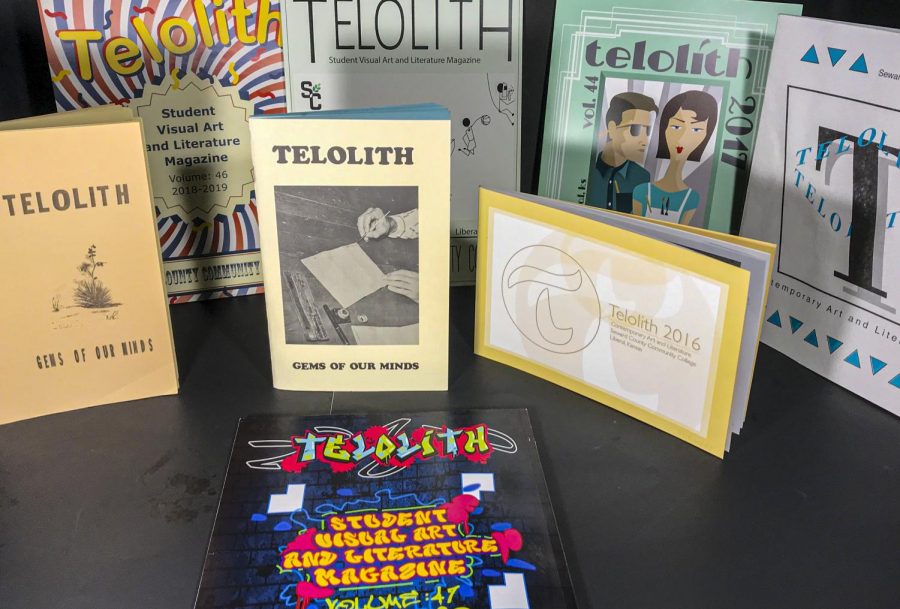Thrifting: save your wallet, closet and the planet

Thrifting is an effective and affordable way to spice up your closet with a flannel, a jacket or a patterned shirt. Buying recycled clothing also helps lower the consumption and production of fast fashion clothing, which affects the environment negatively.
April 20, 2020
Editors note: This article was written before the COVID-19 stay at home orders. Going out in public is not advised right now, however thrifting is still possible from the comfort of your home as stated later in this article.
If you’ve ever wondered how you could personalize your closet with cute, interesting and cheap clothing, you’ve come to the right place. Thrifting is a method most people use now to build their style, whether it’s a patterned button-up, or a hoody on the rack. It’s also environmentally better for the planet as a whole. You can make the most out of your closet and thrift experience with simple guidelines and your own taste.
Thrift stores
In my experience, going to your local thrift store is a hit or miss. In Liberal, we have about two significant thrift stores, the Et Cetera Shop on 748 S. Kansas Ave, and the Classy Rack Thrift on 218 S. Kansas Ave. I’ve been to both and I’ve found clothing I like in both stores. The Et Cetera Shop brings in new items on the first Monday of every month as well, so it’s beneficial to go during those days.
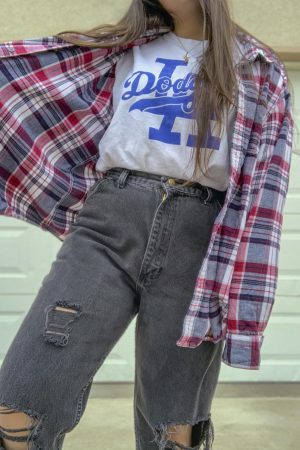
Flannels from the men’s section make for a great layering piece over any graphic shirt, also from the men’s section. If you find a pair of jeans you like but they aren’t interesting enough, look up a tutorial on how to add a few or many rips to them.
Thrifting is an easy alternative to take if you don’t feel like spending bucks at the mall or fast fashion stores like Forever 21, H&M, ASOS and Hollister. Fast fashion allows consumers to buy trendy clothes for a cheap price, but with that cheap price also comes with cheap quality and the hard labor workers go through to produce clothing at such a fast rate. Buying recycled clothing helps lower the consumption and production of these factories as well.
Once you go into thrift stores, you’ll notice the array of clothing, and just like any clothing store. Just pick out what you like. I recommend going to the men’s section if you’re looking for anything oversized in general. The men’s section is great for flannels, patterned shirts, t-shirts, hats and more.
In the women’s, looking for wool sweaters is a really good place to buy some for the winter. Jean jackets are also really popular right now, so if you’re tired of Forever 21’s messy jackets, thrifting one is key. You also don’t always have to keep the clothing in the condition you buy them, change them up a little bit at home!
Goodwill in Garden City is somewhere you could also go if you feel like going out of town, but like I said, it can be a hit or miss. Regardless, just go with what feels right for you at the moment.
The good thing about thrifting and buying recycled clothing is that it’s way more sustainable than fast fashion. Fast fashion almost always affects the environment in bigger ways than you may realize. According to get green now, “the fast fashion industry pollutes the environment through the greenhouse gases it emits. These gases come from the production and transportation of the billions of pieces of clothing bought each year.”
Other than that, buying used clothing is also nice because you don’t have to worry about keeping them the same way you bought them, like if you bought a new shirt or jeans at the mall. Give the used clothing some character by cropping the shirt, putting rips in your jeans or making a completely new item.
A few things you could do if you find a pair of jeans you like but are too boring for your liking or they fit too long, cut them up a little bit. If you’re inexperienced, looking up a youtube tutorial on how to do it absolutely helps. Cropping your shirts is simple, just figure out what length you’d like and cut through it with scissors. You could also do this with any sweatshirt.
You could even buy a pair of jeans and make them into shorts for the summer. Another way to modify clothing is by completely making a new wardrobe piece out of an oversized shirt or jacket. I haven’t done this so far, but if you have good sewing and crafting skills, you should definitely go for it.
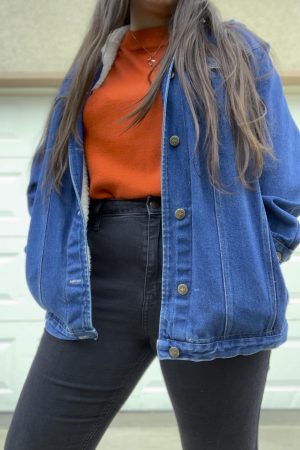
Find an old jean jacket at your local thrift store and amp it up by adding fleece or sherpa material on the inside. The women’s section is also a good place to find mock necks or sweaters for the winter, such as this one.
Online thrift shops
Something I’ve discovered while endlessly scrolling online is finding online thrift stores like Good Fair and ThredUp. Good Fair is interesting because you don’t exactly know what you’re getting when you order from them, but that’s the exciting part. They sell clothing in bundles or individually, but the bundles are surprise bundles. When ordering, you know that you basically get what the employees pick out for you, however, you do have the choice of giving them an idea of what you like in a note.
ThredUp is not like that though, since you can pick and choose individually what you’d like.
If by the end of this article, you’re still not convinced about thrifting, that’s alright, it’s not for everyone. But, thrifting is a good way to make your closet stylish and it lowers the consumption of these fast fashion clothing stores that use up non-renewable resources and depletes water resources, which in turn also dramatically influences the environment.
It’s easy to throw away clothing from fast fashion companies, which fill up landfills. Ultimately, recycling, donating and buying used clothing can prevent clothes from ending up in these landfills. So next time you’re out thrifting, think of all the clothing and energy you’re saving by shopping sustainably.





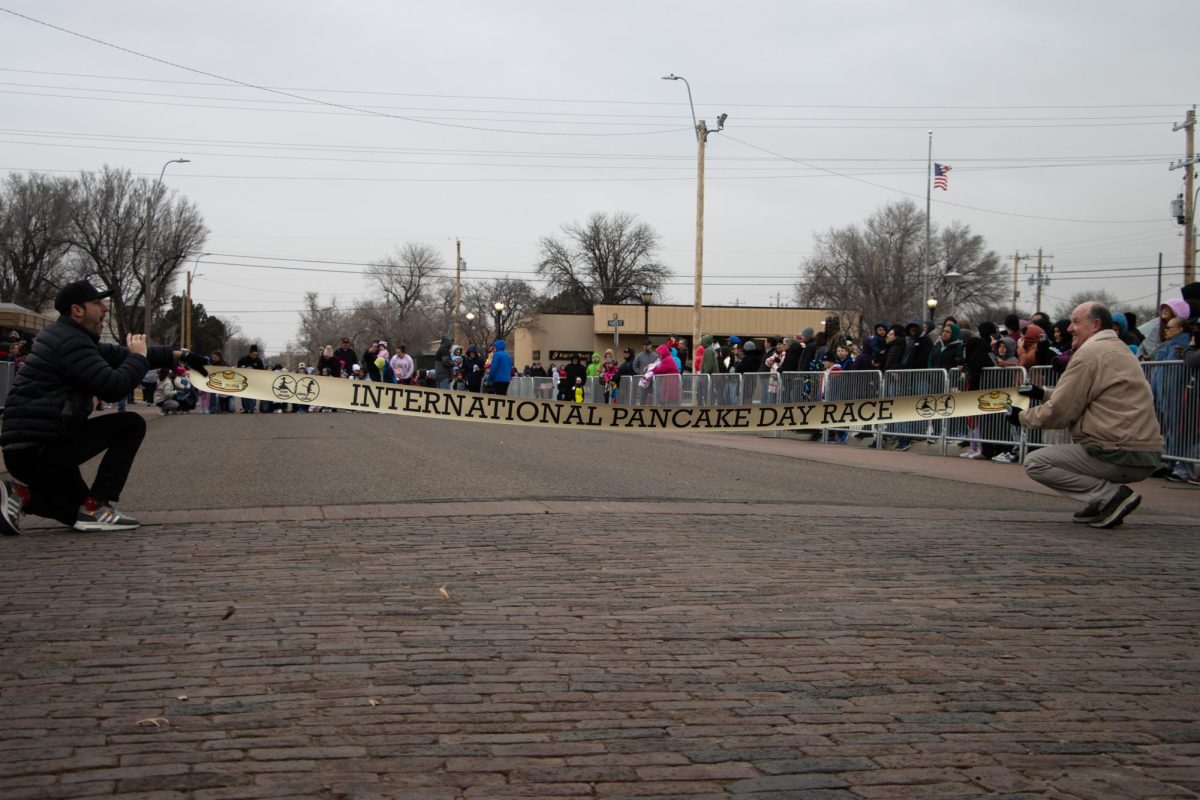
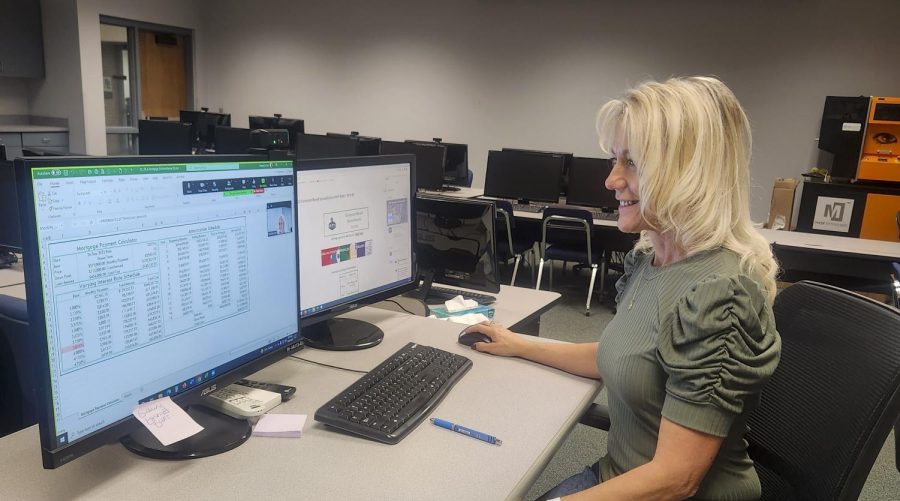


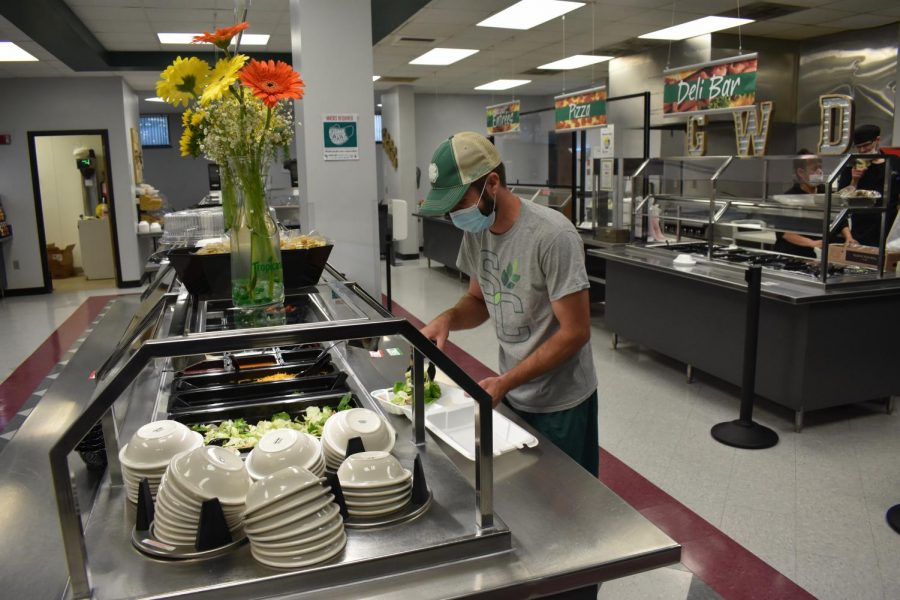




![The sophomores were recognized on the field instead of walking across the stage during their doubleheader. They received their diplomas and a picture of themselves playing during their career at Seward. [Pictured left to right are Dylan Day, Reed Thomas, Jase Schneider, Mason Martinez, Gannon Hardin, Brody Boisvert, and Zach Walker]](https://crusadernews.com/wp-content/uploads/2022/05/WEBDSC_0275-900x454.jpg)



